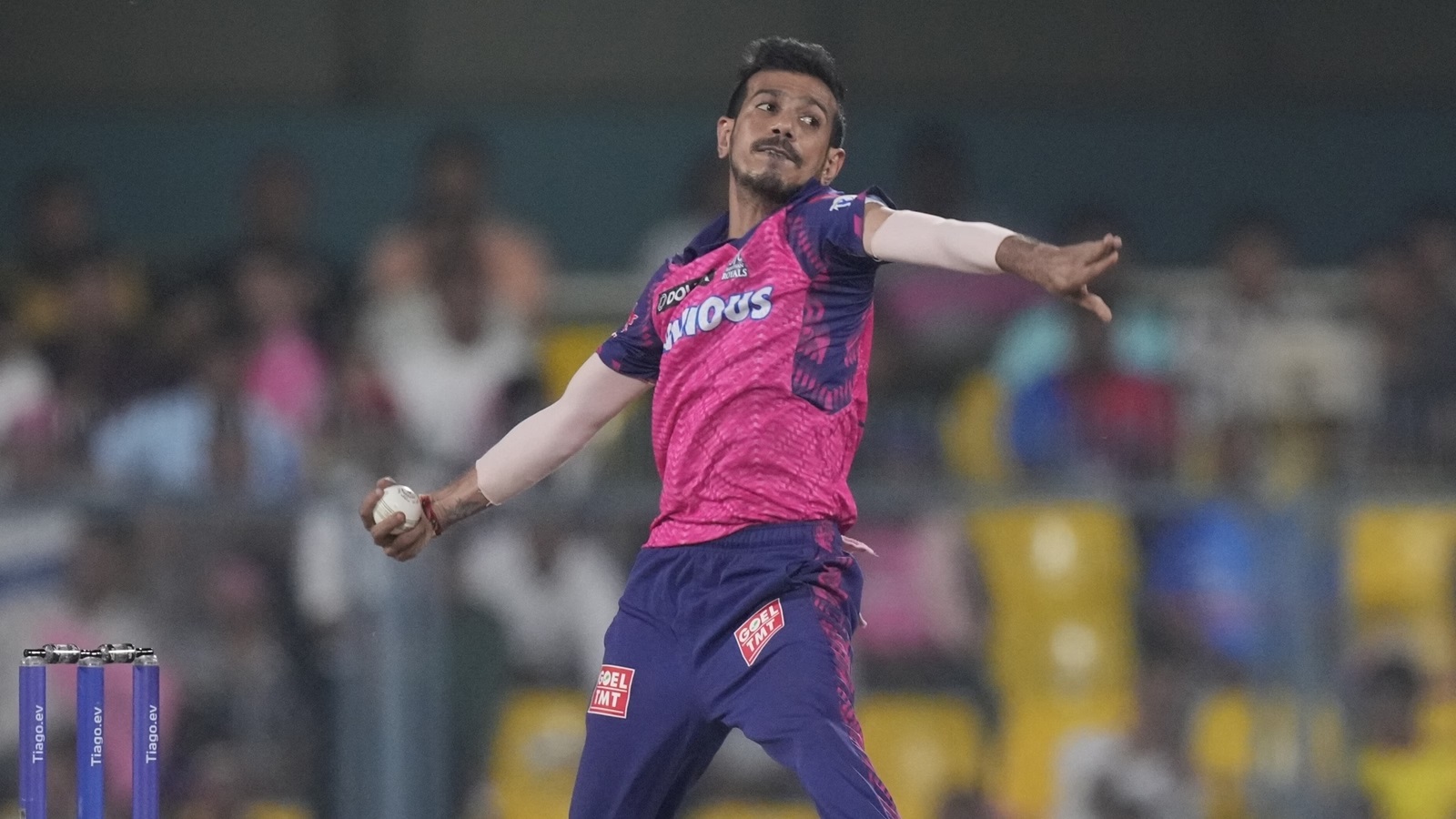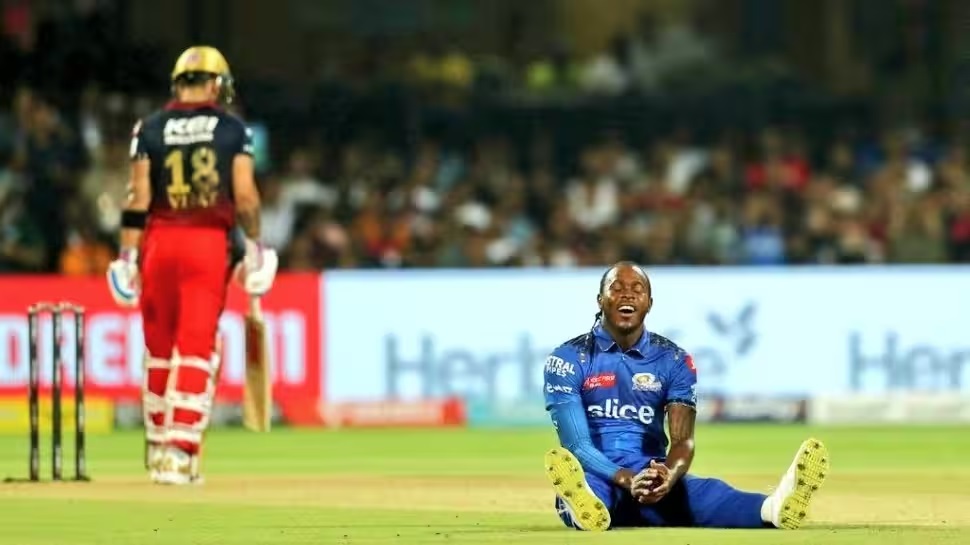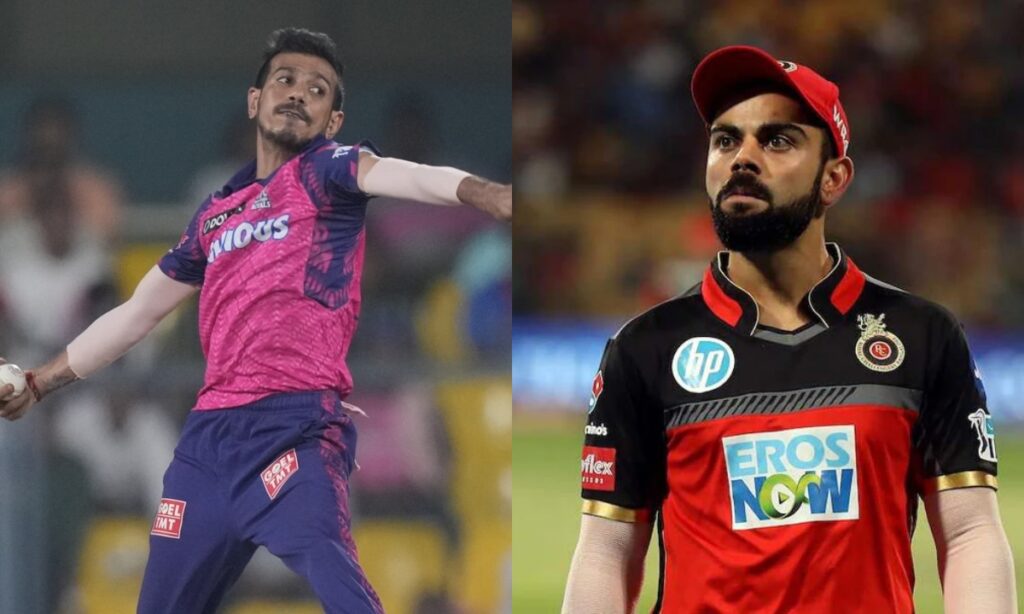IPL 2023: The ongoing 2023 edition of the Indian Premier League is going on in full swing. IPL 2023 has almost reached halfway and it has already become a massive phenomenon in the cricketing world. Currently, IPL is the second most valued sporting league on the planet when it comes to the per-match value media rights.
The league that beats the IPL in terms of per-match value is the North American sports league called National Football League (NFL). However, with the way things are speeding up, it won’t be a surprise if IPL goes on to surpass NFL.

Cost of each ball used in IPL 2023
The richest cricket board in the world is getting richer as each match in IPL 2023 is helping them earn Rs 118 crore per match.
Earlier, the media rights for the previous five-year cycle (2018-22) of the IPL had fetched Rs 16,347.5 crore. The per-match valuation was then calculated at Rs 55 crore with one ball amounting to Rs 23.3 lakh.
The IPL media rights for the 2023-2027 cycle for a whopping Rs 48,390 crore for 410 matches. The BCCI is earning an unbelievable Rs 49 lakh (approx) from every ball bowled in the tournament and Rs 2.95 crore for each over in the ongoing tournament.
In a groundbreaking three-day e-auction held by the BCCI, Viacom18 won the digital property of the Indian Premier League for the Indian subcontinent’s 2023–27 cycle, while Disney-Star kept the TV media rights.

It has to be noted that this is the first time that in order to encourage competition, the BCCI divided the IPL’s TV and digital rights into four packages: (A) India Subcontinent Television, (B) India Subcontinent Digital, (C) India Digital Non-Exclusive Special Package, and (D) Rest of the World.
Package A, the winning bid from Star for TV rights, cost Rs 23,575 crore (Rs 57.5 crore per match), while Packages B and C, the winning bid from Viacom18 for exclusive digital rights, cost Rs 23,758 crore. In Package D, Viacom 18 also received the rights for Australia, South Africa, and UK territories, while Times Internet received the MENA and US.

